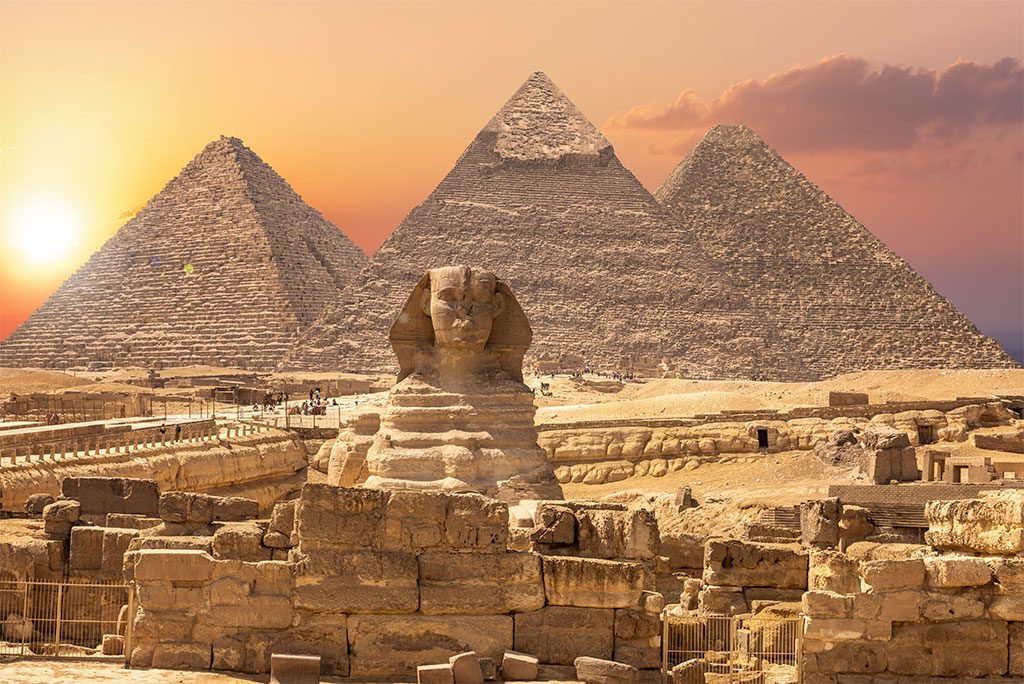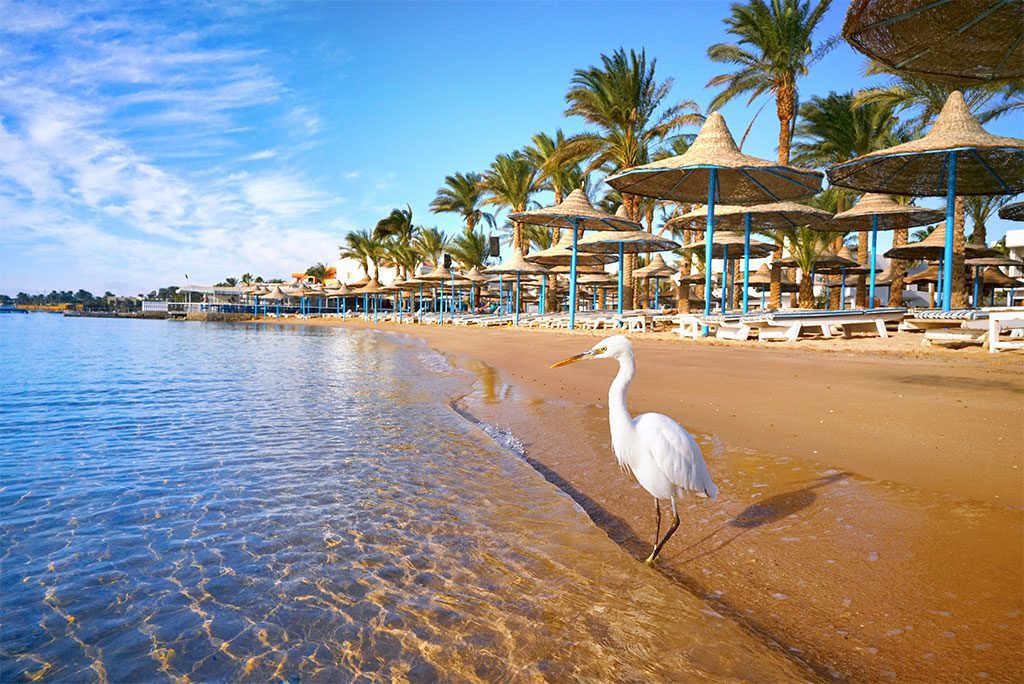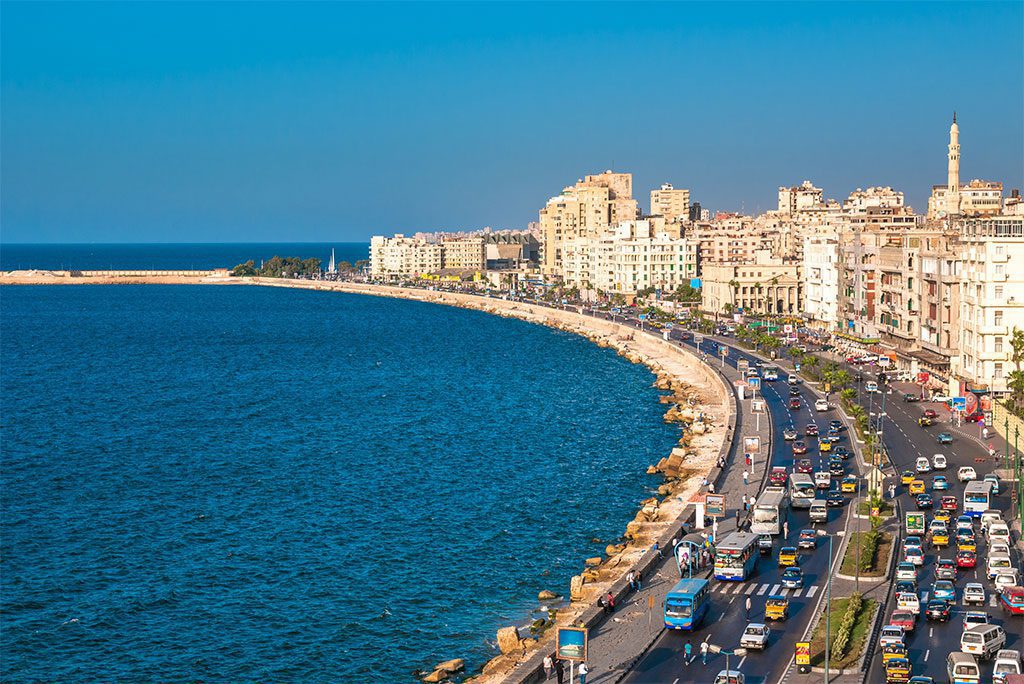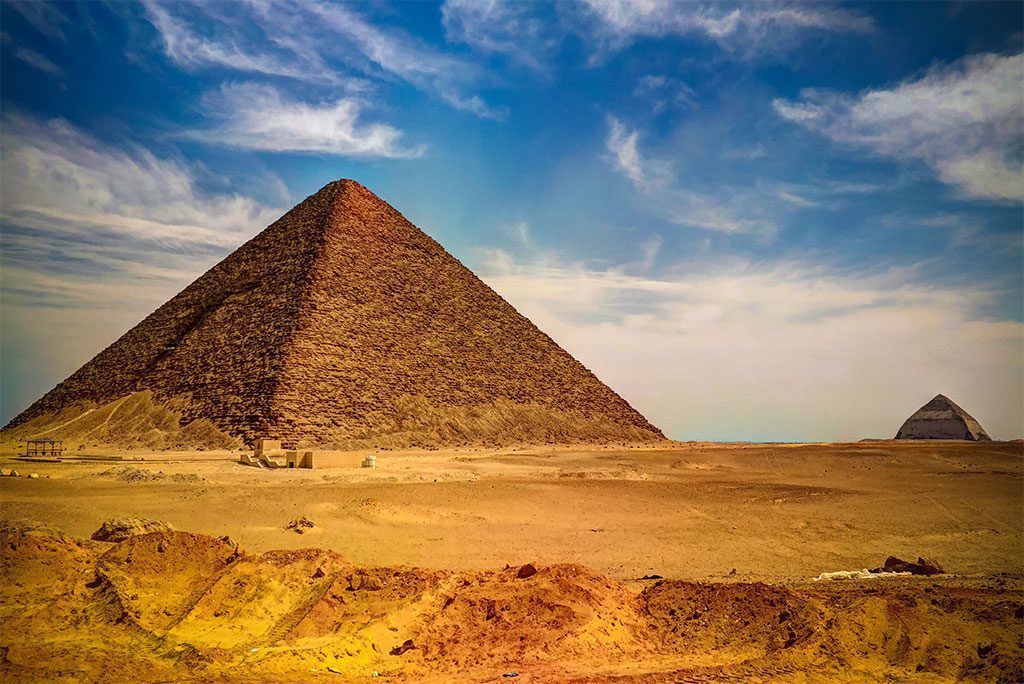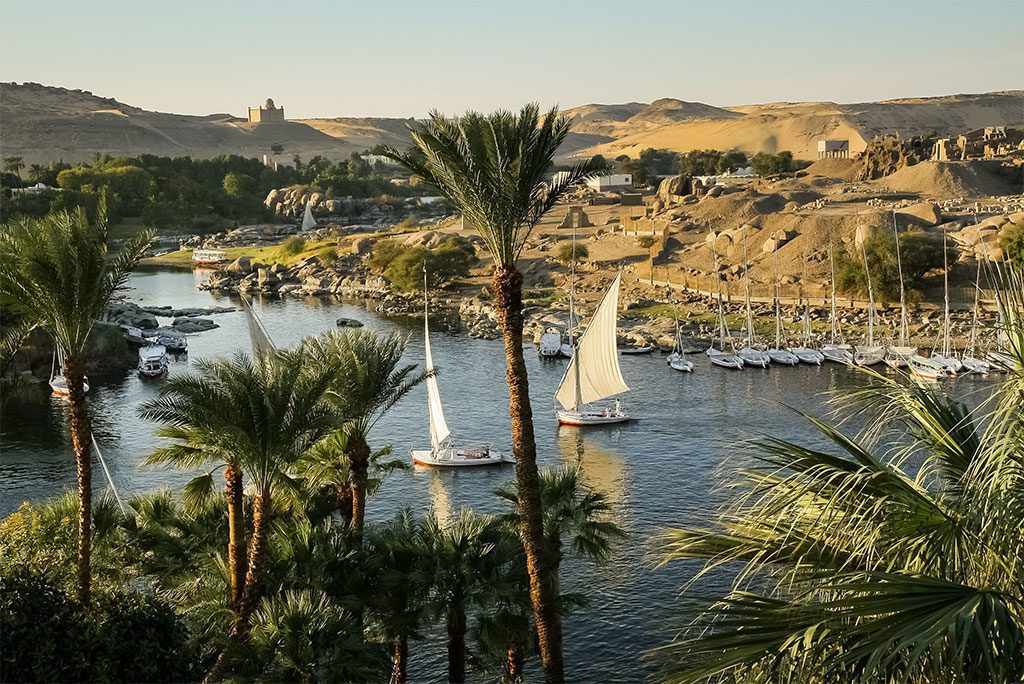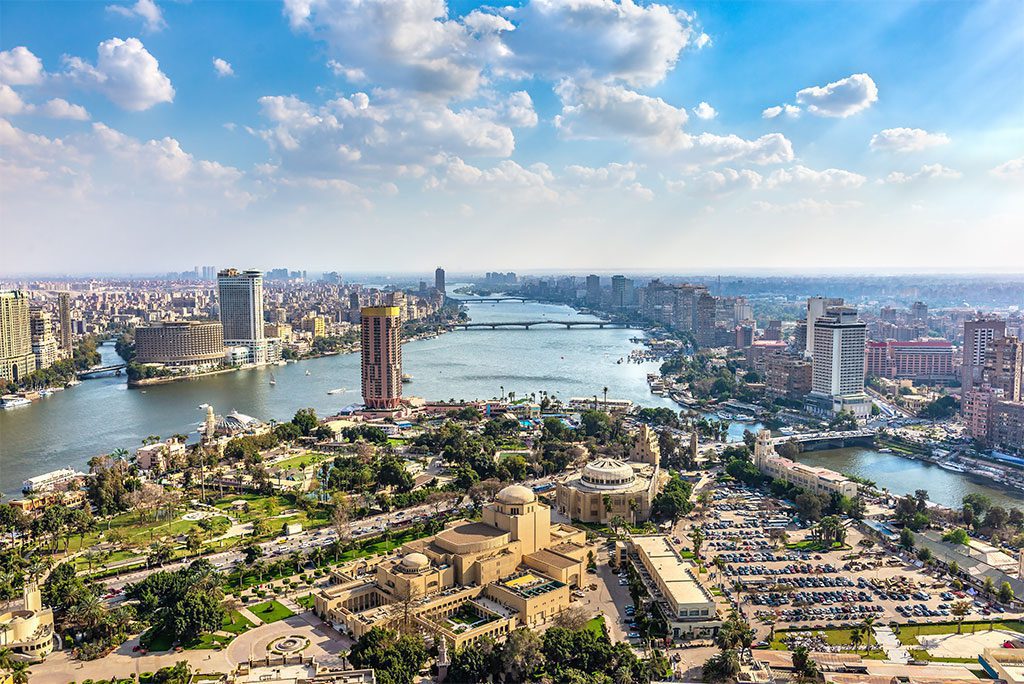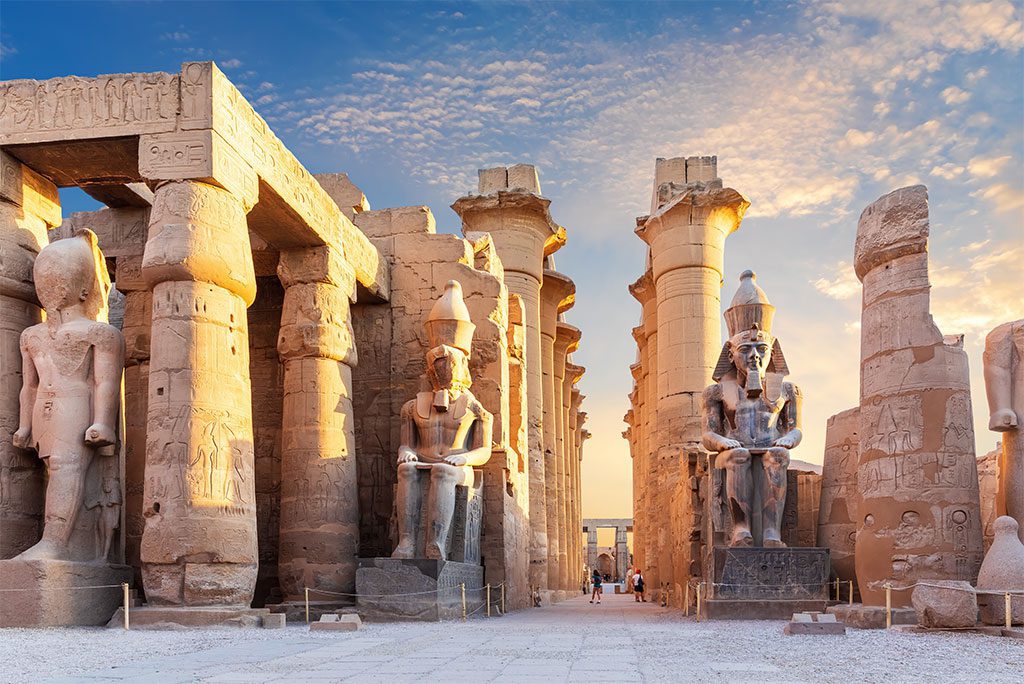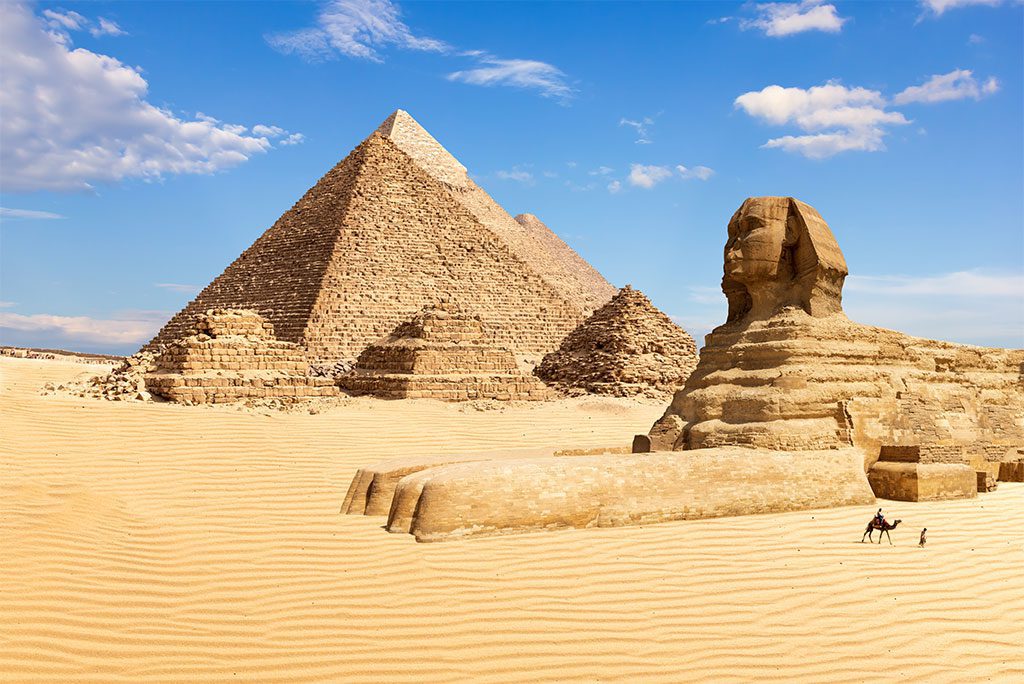Delve into the allure of Egypt, a captivating nation that stands as the epitome of human history. Unveil the wonders of the “TOP PLACES TO VISIT IN EGYPT,” a land steeped in an ancient legacy dating back to the earliest moments of civilization. For countless millennia, the enigmatic temples and timeless pyramids of this African realm have enticed and mesmerized travelers from around the globe.
Egypt’s natural beauties are a big draw for tourists, despite the fact that most visitors come to see the country’s historic sites. The resorts and coral reefs along the Red Sea coast are world-famous. An oasis of freshwater springs may be found by travelers who make the journey over the Sahara.
Tourist numbers have dropped significantly in Egypt after the 2011 revolution and subsequent counter-revolution. This has made it possible to enjoy Egypt’s attractions in peace and quiet. It is now possible to be the only person inside a pyramid.
10. Hurghada
A six-hour, rough bus trip from Cairo will take you to the Red Sea tourist town of Hurghada. It is becoming one of Egypt’s most popular tourist attractions since it is a more appealing substitute for Sharm El Sheikh and Dahab. And it’s easy to see why; the city of Hurghada is renowned for its pleasant climate and a plethora of beautiful beaches.
Although the town has expanded from its humble fishing village roots to include hundreds of luxury hotels along its waterfront, its primary purpose remains the same. This region of the Red Sea is famous among scuba divers for its beautiful, vibrant coral reefs. They are waiting to be explored just offshore. Snorkeling, windsurfing, and jet skiing are equally as well-liked as any other kind of water activity.
It is possible to obtain a good deal on a glass-bottom boat tour if you do some comparison shopping, and many businesses cater to tourists who would rather see the mystical underwater life from above.
A large number of Russians and other Eastern Europeans go to Hurghada every year. Travelers often plan their trip to this area to include stops at other popular Nile Valley destinations, including Luxor, which is not too far away.
TOP PLACES TO VISIT IN EGYPT: Alexandria
Alexandria, Egypt’s second-largest metropolis and a major port on the Mediterranean, is well situated. Once upon a time, this metropolis that was founded in 331 BC by Alexander the Great was regarded as the focal point of civilization. From its foundation in 331 BC, Alexandria served as the seat of power for a succession of pharaohs, including Cleopatra, until the Roman conquest of Egypt in 30 BC. The city became known as a hub for culture and creativity while the Romans ruled it. The Roman Theater in Alexandria is a beautiful relic from the Roman era, with its mosaic floors and marble seats.
Alexandria today is a dusty beachfront metropolis with a bloated population of 5 million that is in desperate need of a fresh coat of paint. It’s not quite as vibrant or modern as it once was, but there are still plenty of historical sites and cultural landmarks to see.
Devastating earthquakes in the 14th century destroyed many of Alexandria’s most notable historical landmarks, including a library that contained more than 500,000 volumes. There is a new library that was finished in 2002 not far from where the first Library of Alexandria once stood.
The National Museum of Alexandria showcases artifacts from the city’s extensive past. There are more than 1,800 artifacts in the museum, spanning from the Greco-Roman through the Coptic and Islamic periods.
The Lighthouse of Alexandria, a soaring building that was one of the Seven Wonders of the Ancient World, stood out among the other notable landmarks of ancient Alexandria. The earthquake swept the lighthouse and the old city into the ocean. Large stones and sculptures have been discovered by scuba divers and still lie on the ocean’s bottom.
8. Saqqara
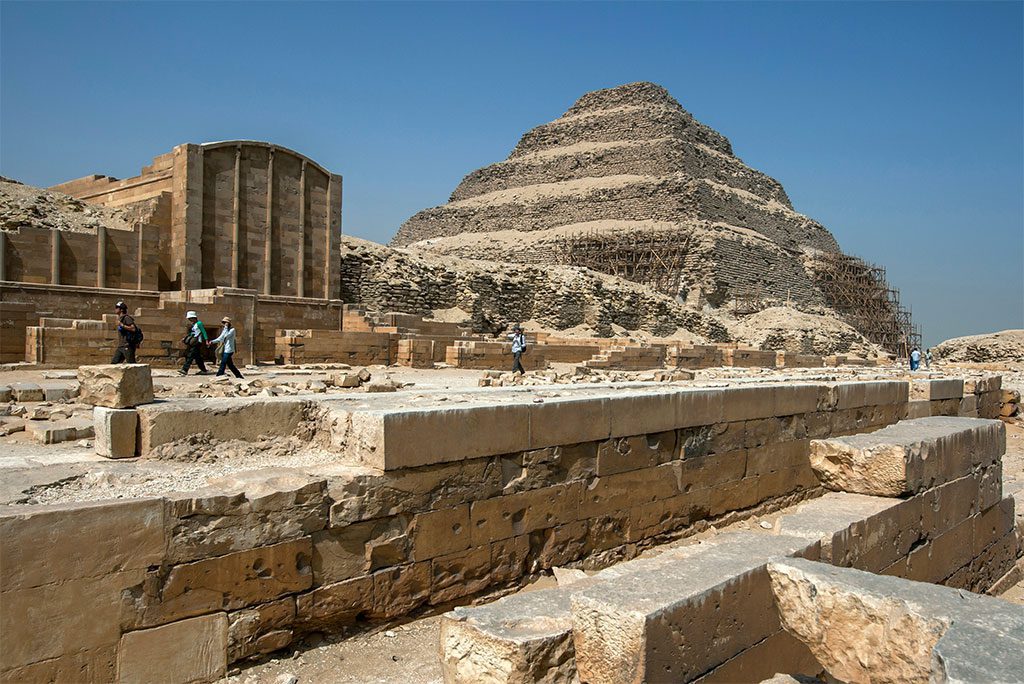
Saqqara is both the name of a town in Egypt and the name of a vast ancient cemetery where dozens of pyramids, some very enormous and others much smaller, are scattered over a sandy desert plateau. After being buried in the sand on a cliff overlooking the Nile Valley until the 19th century, Saqqara has been undergoing extensive restoration work.
Saqqara, the greatest archaeological site in Egypt, was named after Sokar, the Memphite deity of the dead, since it was a cemetery for the ancient city of Memphis. So many pharaohs and other Egyptian royals were buried there that the area is filled with intriguing tombs and burial sites.
Djoser’s Step Pyramid, the oldest pyramid on the planet, is the main attraction of Saqqara. The summit of this pyramid, which is reachable by a wooden ramp after the gate is opened, offers spectacular views of the Nile. Don’t be afraid to try a random door here and there; you never know what kind of secrets could be hidden within the closed ones. Also not to be missed are the amazing reliefs at the Mastaba of Ti and the Pyramid of Teti.
TOP PLACES TO VISIT IN EGYPT: Siwa Oasis
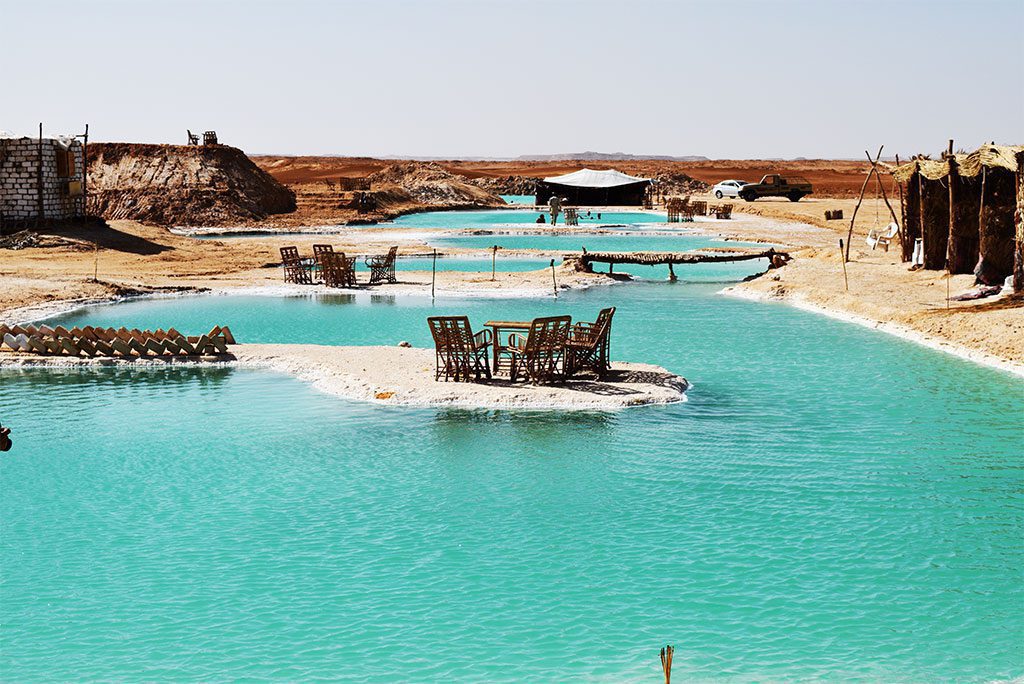
Siwa Oasis, which is located on Egypt’s western border, was cut off from the rest of the nation culturally until the late 19th century. The Egyptian Sand Sea’s isolation allowed the Siwan people to create their own distinct culture and language.
Even hundreds of years ago, the little town was not completely isolated. The oasis became a destination for religious tourists with the construction of the Temple of the Oracle of Amun, which dates back to the sixth or seventh century B.C. Alexander the Great was the most well-known seeker of the oracle’s counsel.
There has been a rise in recent years in the number of tourists visiting Siwa Oasis. Visitors go to Siwa to relax in the city’s numerous natural springs, wander through acres of palm trees, and discover the city’s Greco-Roman and old mud-built fortifications. There are several bubbling springs in this area. Cleopatra’s Bath, a pool built of stone, is a well-known attraction. There is a more private pool on a small island in Lake Siwa. Travelers must squeeze their way down a tiny causeway to get to Fatnas Spring.
The community of 23,000 inhabitants has plenty of cafes ideal for chilling out. Tea and hookah sessions are popular among locals and foreigners alike. The city’s vibrant culture may be seen firsthand in the local market, where tourists can also try some of the area’s delicious dates and olives.
6. Sharm el-Sheikh
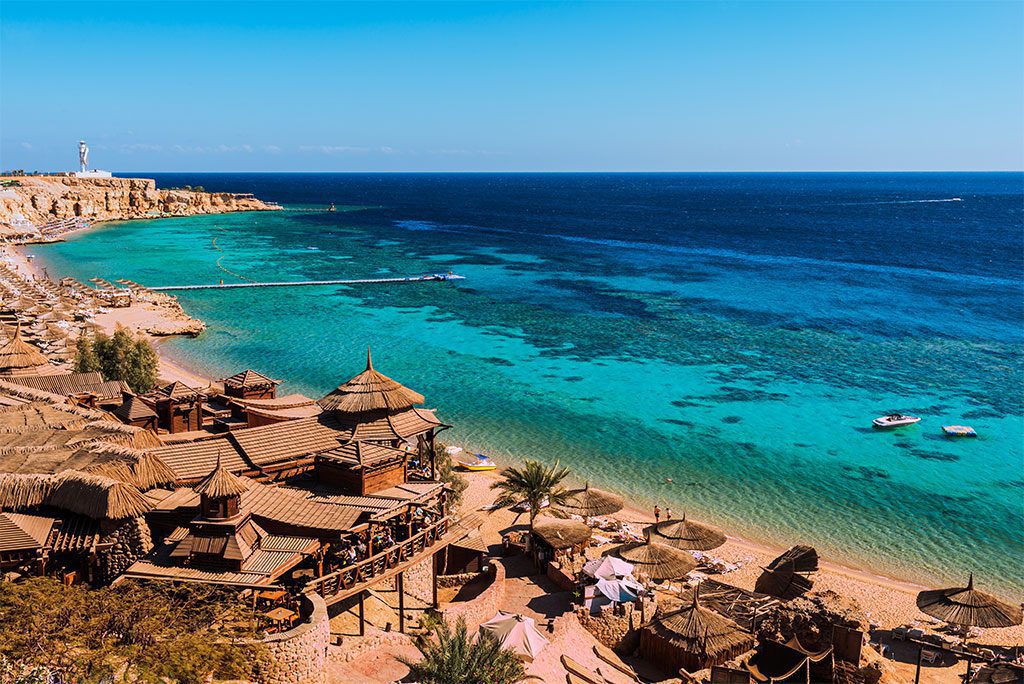
The Egyptian tourist town of Sharm el Sheikh sits near the southernmost extremity of the Sinai Peninsula. Sharm, as it’s commonly known, is a popular package vacation resort with its own airport because of its warm, deep blue ocean and wonderful golden beaches.
There’s more to do in this sleepy fishing town than lie on the beach all day. Sharm el Sheikh is one of the greatest places to go scuba diving in the world and is also known as the “City of Peace” due to its role in hosting several international peace meetings. Do not miss out on the opportunity to snorkel or dive the magnificent reefs at Tiran Island and Ras Mohammed National Park, which are home to some really spectacular marine life.
Even while it’s ideal for a “fly and flop” vacation, those seeking excitement may find it here as well. Sharm el Sheikh, located at the southeastern end of the peninsula, provides convenient access to the desert, where tourists may see traditional Bedouin life and climb Mount Sinai, an ancient biblical site famous for its breathtaking dawn views.
TOP PLACES TO VISIT IN EGYPT: Dahshur
You won’t find the vast crowds that you would at the Giza complex or Saqqara here, but there are still several pyramids to see in the little settlement of Dahshur, south of Cairo. In reality, it was a no-go military zone right up to the year 1996.
Dahshur, like Saqqara, was an integral feature of Memphis’s ancient necropolis. In addition to the Great Pyramid, the same pharaoh who ordered its construction also commissioned the construction of two more pyramids in Dahshur. Many subsequent pharaohs commissioned more pyramid construction on this site, bringing the grand total to 11 pyramids, although none of them were as grand as the originals.
During the reign of Pharaoh Sneferu, notable structures included the Bent Pyramid and the Red Pyramid, both of which have a distinctive form (2613–2589 BC). The Red Pyramid, sometimes called the North Pyramid, has no stairs or curves, making it the earliest real pyramid in Egypt.
In addition to the Bent Pyramid, the Black Pyramid of Amenemhat III is a site that may be seen from its base. Unfortunately, it is not open to the public and seems more like a bizarre pile of black rock than a pyramid.
4. Aswan
Aswan, Egypt’s southernmost city, is another significant metropolis located on the Nile’s banks. Although smaller than Luxor and Cairo, it provides a more laid-back alternative to the bustle of the major cities.
While Aswan’s own monuments pale in comparison to Luxor’s, it serves as a convenient home base for day trips to the south to see the temples of Philae and Kabasha and the Sun Temple of Ramses II at Abu Simbel. Additionally, it is the greatest jumping-off point between Aswan and Luxor for day trips to the temples of Kom Ombo and Edfu.
The city of Aswan itself is located amid one of Egypt’s most alluring landscapes. Granite cliffs overlook the Nile’s Start Cataract, the first of a series of shallow white water rapids punctuated by rocky islands that extend north to Khartoum. Home to a sizable settlement of Nubian people, it was formerly the entryway to Africa in ancient Egypt. The Nubian Museum is a great place to learn more about this culture; it has artifacts and art that were saved from the flood that devastated Nubia.
In order to construct the many obelisks in Luxor, granite from Aswan’s famed quarries was necessary. The biggest ancient obelisk in the world, situated in the south of Aswan and meant to be taller than 40 meters, is only one example of the many unfinished obelisks still visible in the city today.
After the Aswan High Dam was finished being built in the 1960s, the Aswan area became famous all over the globe. As Lake Nasser began to rise, it threatened two ancient temples erected by Ramesses II at Abu Simbel. The edifices and their temples were removed and reconstructed on a bank high above the reservoir. About a 3-hour bus ride from Aswan, a day excursion to explore the colossal temples is a can’t-miss activity.
TOP PLACES TO VISIT IN EGYPT: Cairo
Over 17 million people call this dusty capital metropolis home. Cairo is an Islamic metropolis founded on the banks of the Nile River, with a skyline that is always cloudy and a color palette that includes beige buildings topped with television antennas.
Cairo, Egypt’s contemporary capital, was established near the ancient city of Memphis, making it a convenient jumping-off point for Nile River cruises and visits to the Giza Pyramids. However, there is a great deal of interest inside the confines of this massive metropolis.
There is no better place to see ancient Egyptian treasures, including Tutankhamun’s riches, than the Egyptian Museum in Tahrir Square.
It is also recommended that you check out some of the city’s older mosques. The Ibn Tulun Mosque, founded by the Fatimids who made Cairo their capital in the 9th century, is the city’s oldest mosque. As befits the man widely acknowledged as modern Egypt’s progenitor, the magnificent Citadel and Mosque of Mohammed Ali Pasha is also known as the Alabaster Mosque for its shining white façade.
Explore modern Cairo to get a feel for Egyptian life after you’ve had your fill of Egypt’s ancient past. Experience the chaos of the city’s marketplaces, such as the Khan al-Khalili bazaar; smoke some shisha with the locals in an Ahwaz, or get away from it all on a felucca tour down the Nile on a traditional Egyptian sailing boat.
2. Luxor
The New Kingdom of Egypt began about 1000 CE, long after the pyramids had been built, and it was centered on the southern city of Thebes, modern-day Luxor. Thebes became Egypt’s cultural and political center when it was enriched by gold found in the Nubian deserts and carried to the city through the Nile.
Luxor, formerly a small Egyptian city, has become one of the world’s most visited because of its status as the “world’s biggest open-air museum.” All sorts of historical and cultural attractions may be found in Luxor, from temples to tombs and beyond. It will take at least two days to do everything justice.
The majority of Luxor’s sights may be found on either the east or west bank of the Nile. Karnak Temple, also known as Ipet-isu (‘Most Select of Places,’) is a must-see on the East Bank. This amazing temple city was constructed over the course of more than two millennia. In spite of the fact that the Temple of Amun is just one of four major buildings that make up the Karnak complex, it is the only one that visitors may freely explore.
This temple is the biggest religious structure ever constructed, and its pillared hall is a beautiful stone forest of 134 columns, the tallest of which reaches a height of 21 meters (69 feet) Stroll.
Seeing the Luxor Temple after dark is a unique and unforgettable experience. The West Bank, located across the Nile, is where you’ll find the whitewashed Valley of the Kings, which is home to numerous magnificent and colorfully muraled tombs, pits, and burial chambers. The admission fee covers seeing a number of tombs; however, seeing the one that houses King Tutankhamun’s mummy will cost you extra.
TOP PLACES TO VISIT IN EGYPT: Giza Necropolis
Perhaps the most well-known spot on Earth is the Giza Plateau, where the Great Pyramids of Giza stand. Giza, a city on a desert plateau to the west of Cairo, is technically its own municipality, but it has expanded so rapidly in recent years that it now seems like just another neighborhood inside the rapidly growing metropolis of Cairo.
Giza, which was once only a carriage track, is today one of the most popular tourist destinations in all of Egypt because of its abundance of five-star hotels, gourmet restaurants, massive shops, and lively nightlife. Giza is where the Pyramids of Giza and the Sphinx are located, making it the most popular area in Cairo for visitors to stay in.
The three great Egyptian pharaohs, Khufu, Khafre, and Menkaure, had the three great pyramids of Giza constructed as their graves. Satellite pyramids were constructed all across the region for the purpose of interring the royal family and their spouses.
If you’re willing to shell out a little additional cash, you can go into the Great Pyramid of Khufu (Cheops). If you’d rather avoid the crowds, you may take a camel ride out into the desert and snap a picture with all of the pyramids in the backdrop before making your way to the Sphinx for the clichéd tourist photo of you kissing the Sphinx.
Don’t miss the Pyramids Sound and Light Show if you’re staying near Giza for the night. Just as it sounds, this is an excellent method to get a new perspective on the Great Pyramid. You can see the sunset and the official light show for free from the balcony of the adjoining Pizza Hut, but you’ll have to pay for a seat at the official show


